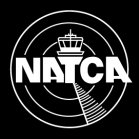
Sign in to follow this
Followers
0

A2A Cherokee Enters Beta Testing
By
jarhead565, in MS FSX | FSX-SE Forum


By
jarhead565, in MS FSX | FSX-SE Forum